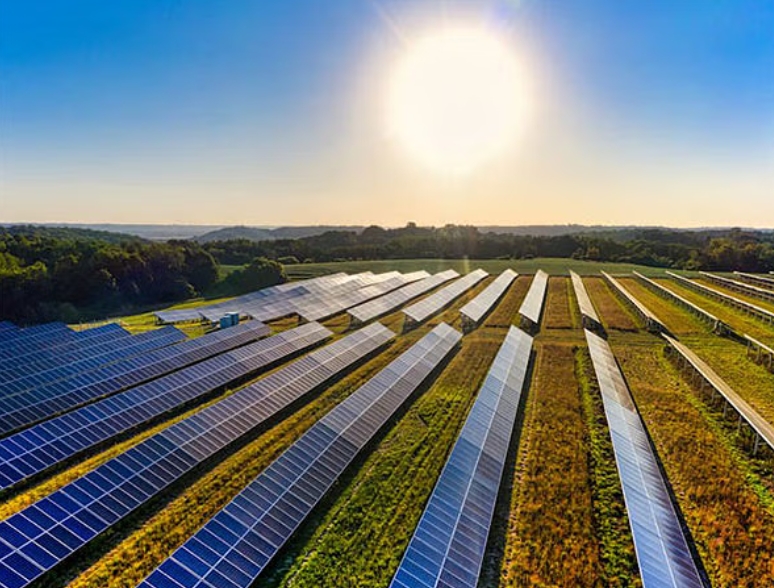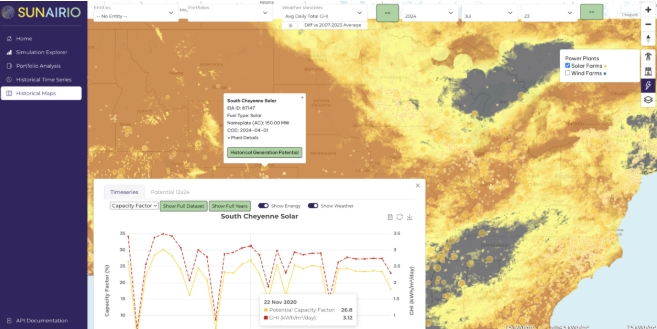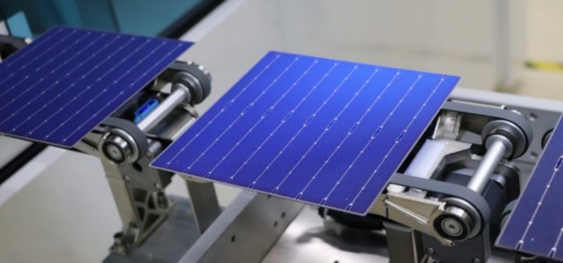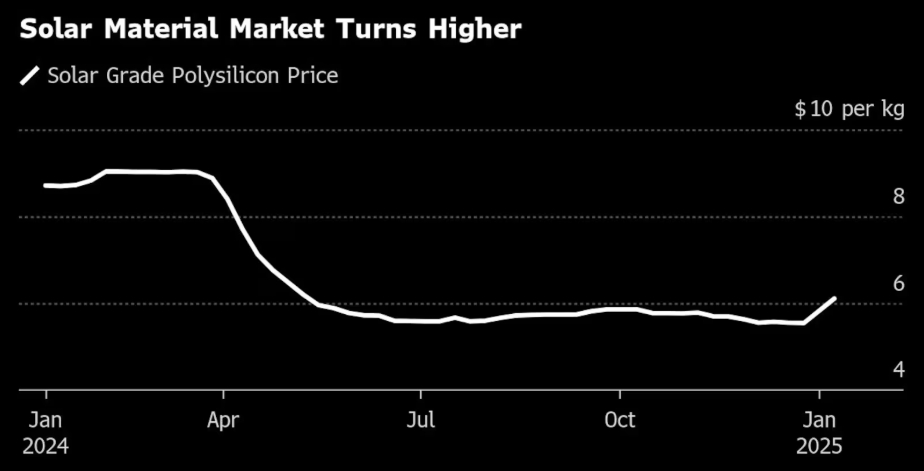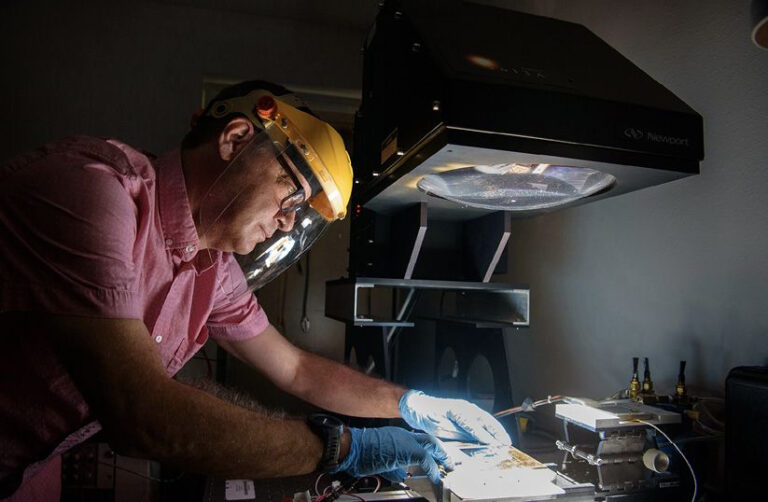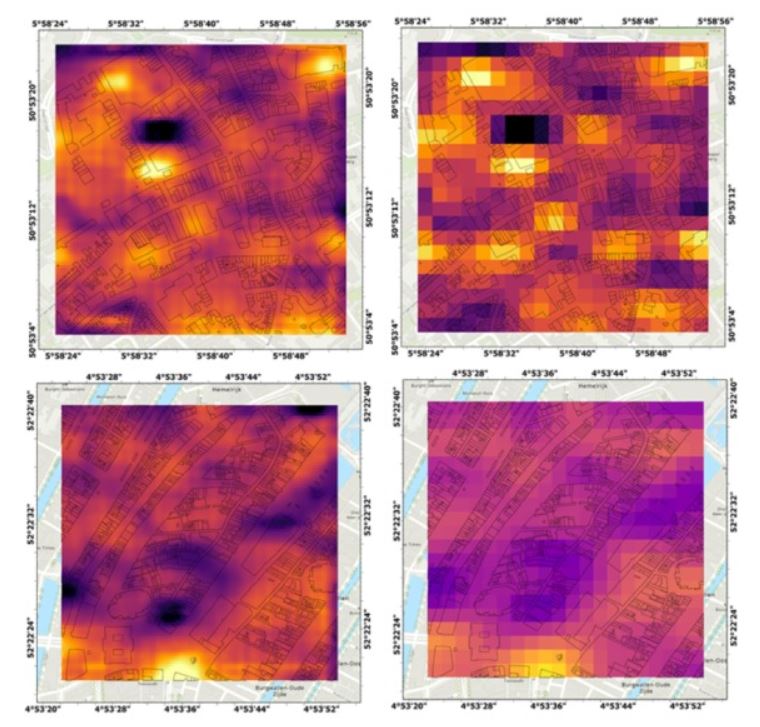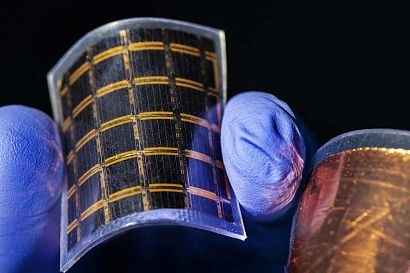
NREL scientists pioneered a year ago in the development of a new growth technique for the production of solar cells, called epitaxy, in which they use dynamic hydride vapor (D-HVPE) as an alternative to growth technology current. Now they have given one more papos, accelerating the manufacturing process.
The manufacturing cost of solar cells made of materials III-V - named because the elements fall into the periodic table - remains too high for terrestrial applications. However, using D-HVPE, solar cells III-V, highly efficient in converting sunlight into electricity, accelerate the manufacturing process, which would allow these devices to enter the conventions of solar energy markets.
The research, which has been published in Nature Communications, details that NREL researchers refined the D-HVPE process by producing solar cells twenty times faster than with the process that is now used, commonly called metalorganic vapor phase epitaxy (MOVPE ). The improvement of the growth rate allows the growth of a base layer for the solar cell in about 23 seconds, compared to more than 8 minutes of MOVPE. The efficiency achieved with this new manufacturing process is now around 25%.
"If we can reduce costs, and we believe we can achieve it, these devices could be useful in a wide range of applications," said Aaron Ptak, NREL principal scientist and co-author of the new document. "For example, wherever it is needed a thin, light and flexible high-efficiency device, such as electronic charging cases, electric vehicles, integrated photovoltaic energy in buildings, roofs, drones ... ".
" The maximum efficiency that we believe we will achieve using our current design is 27 % ", explains Kevin Schulte, another of the authors of the work." But we hope to reach efficiencies of more than 29% once we overcome some technical obstacles we are already working on. "
"D-HVPE is an alternative to MOVPE that promises to be much cheaper in high volume production," adds Aaron Ptak. "What we promise is the same efficiency of the devices, the same quality of material, but at a very low cost," he concludes.
